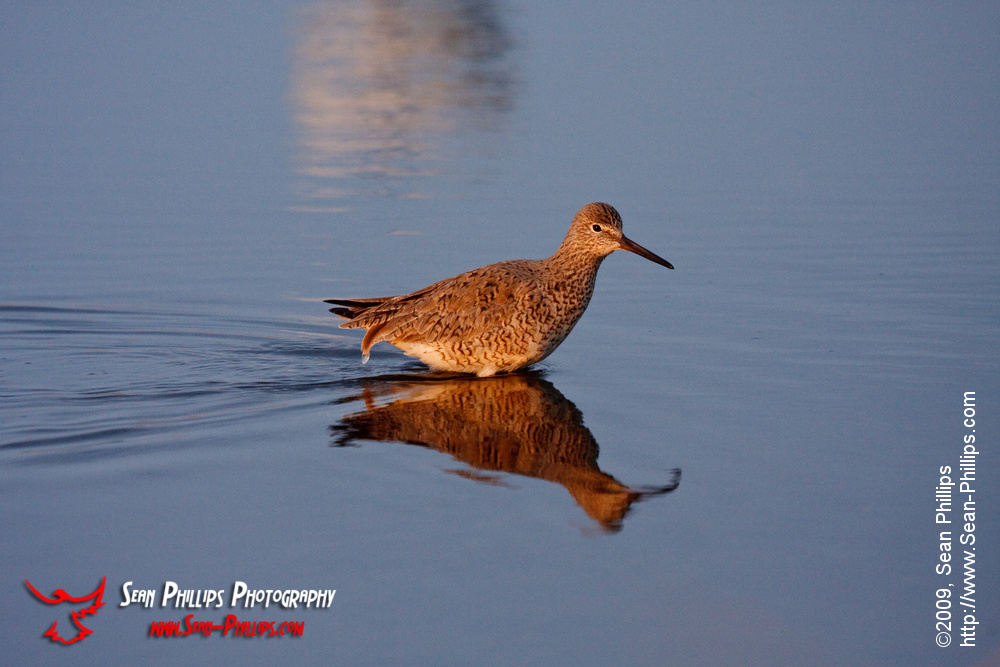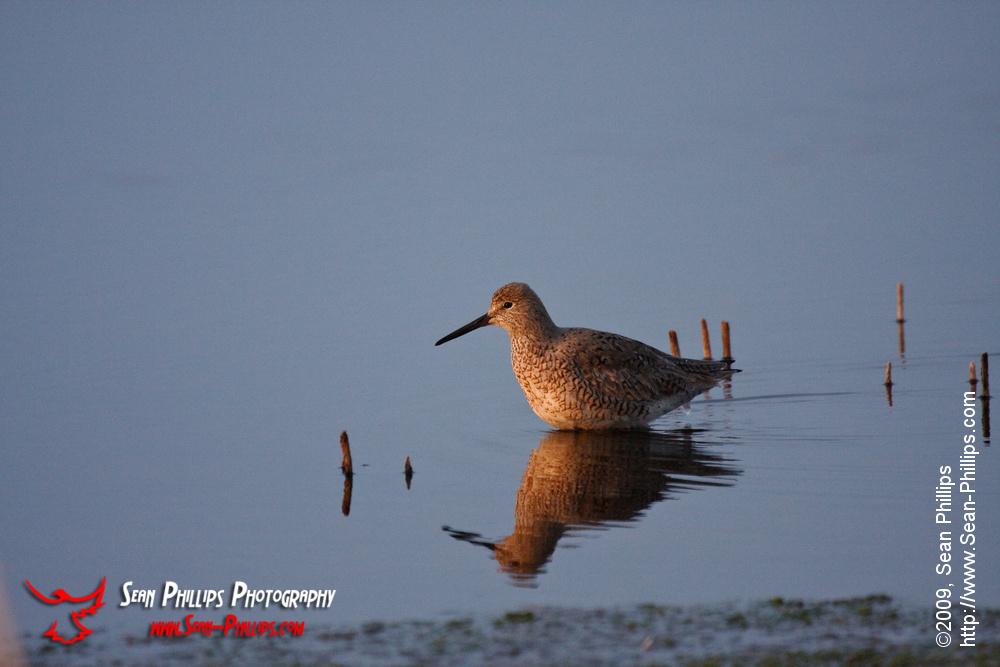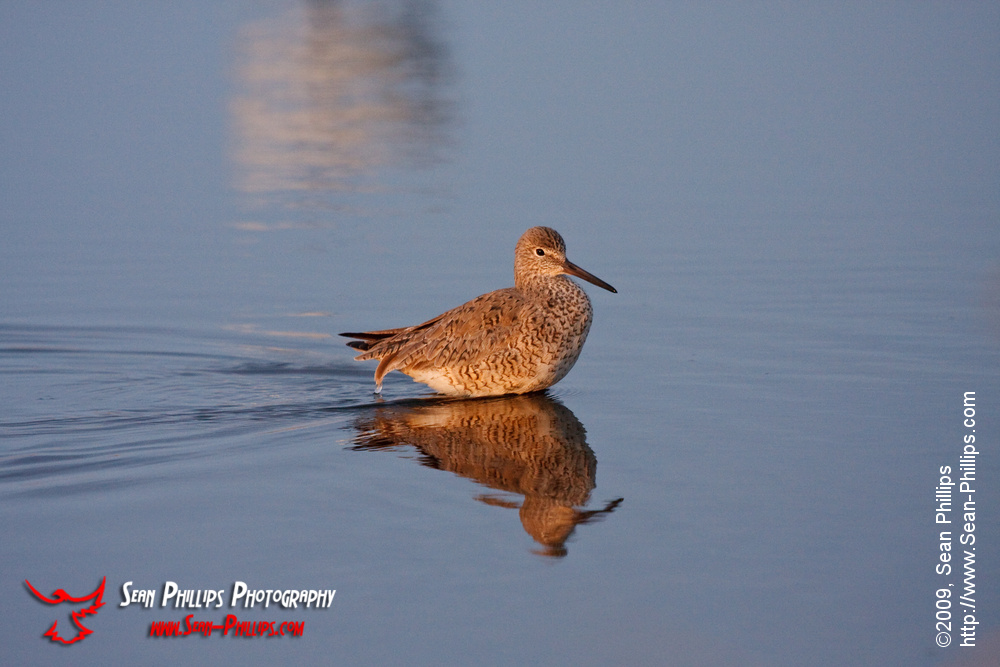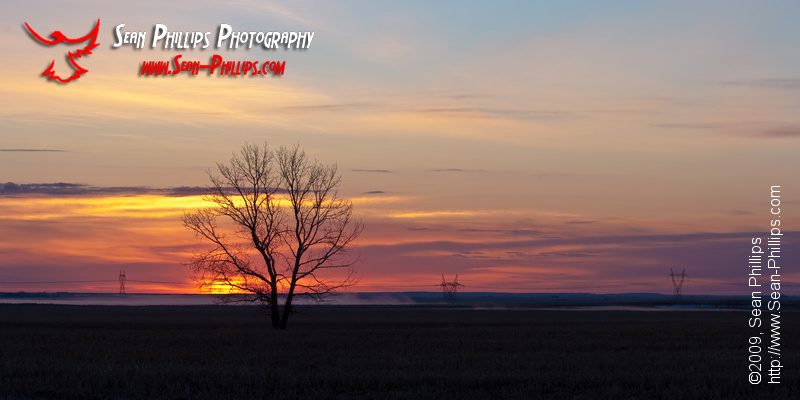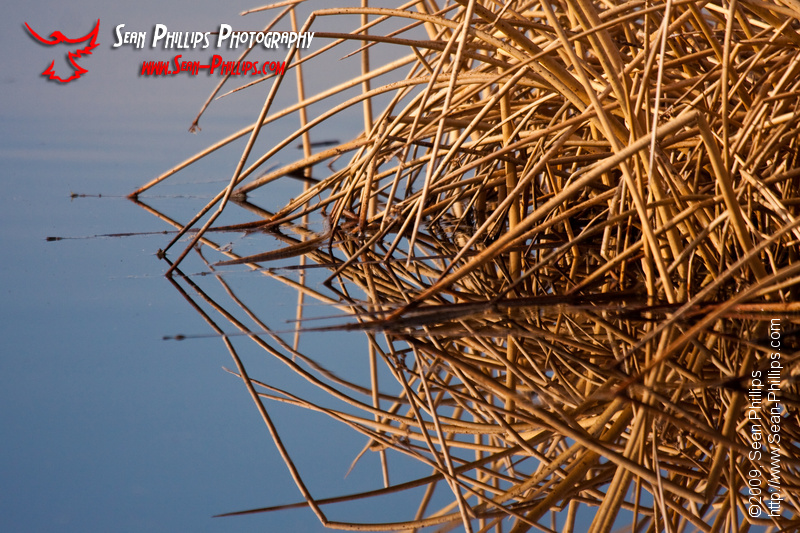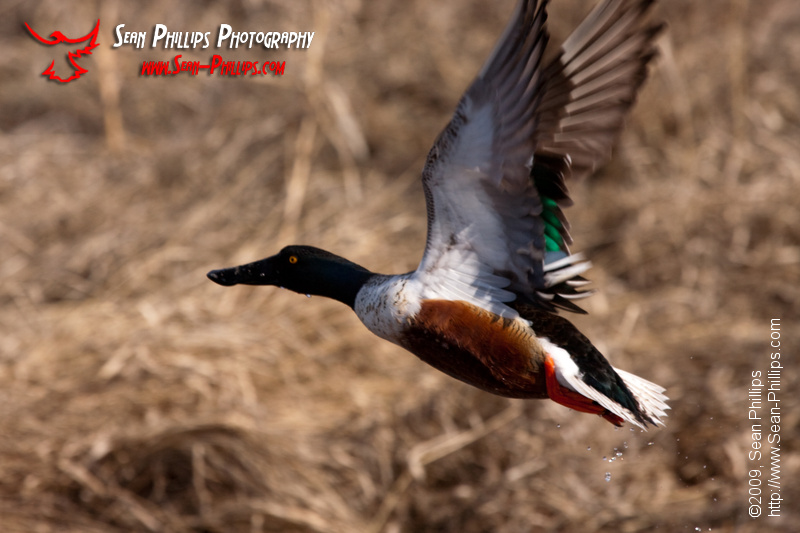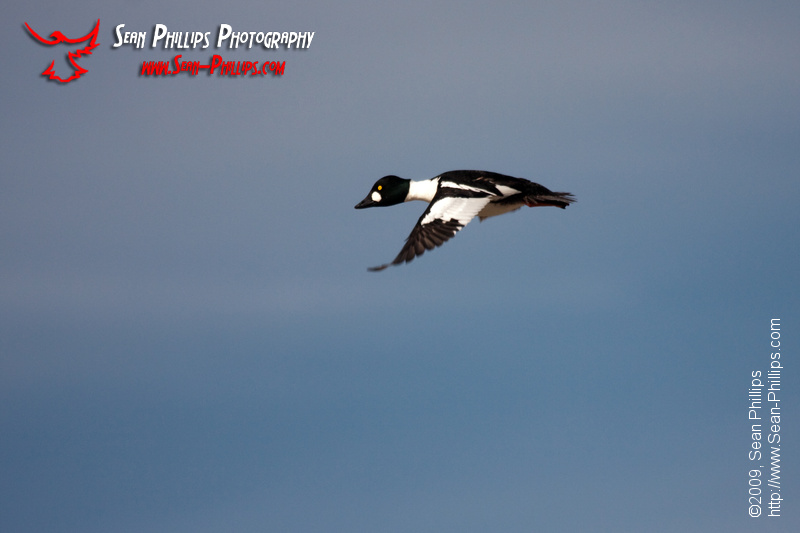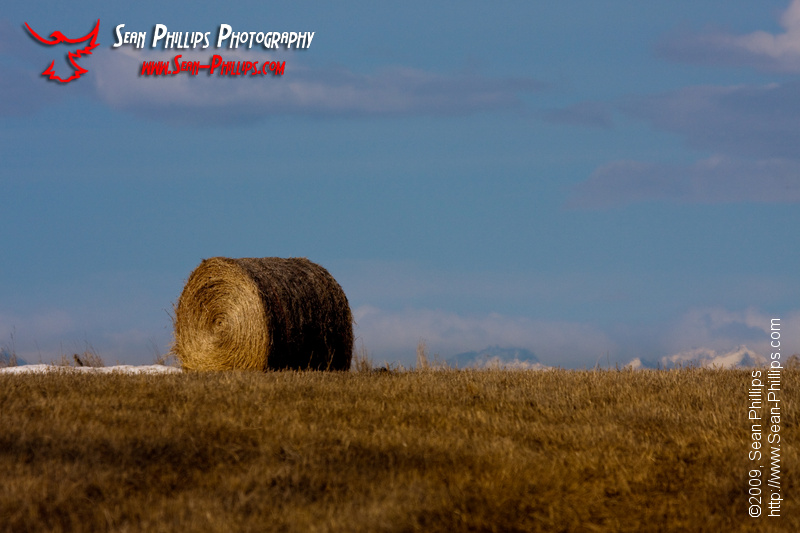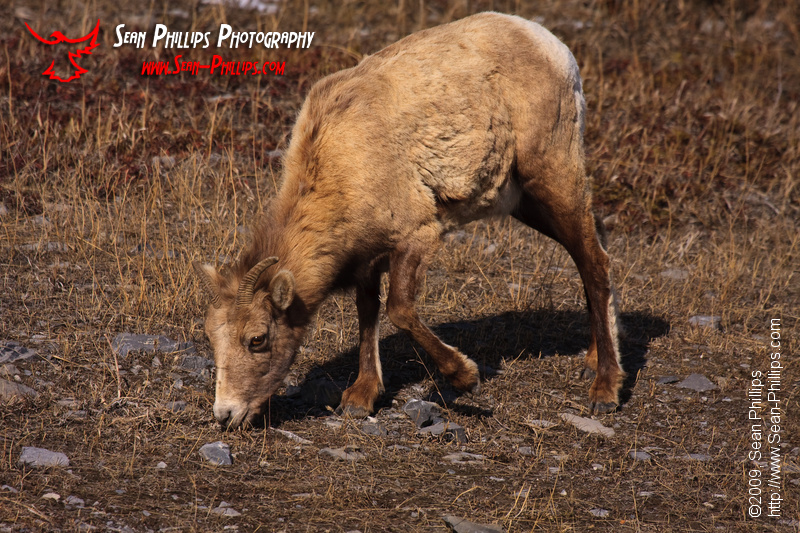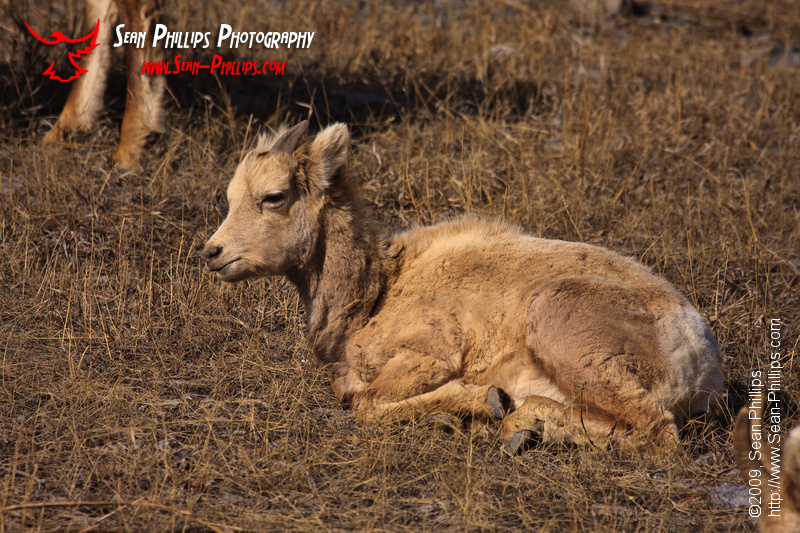We went for a walk at Carburn Park to look for Chickadees. There are lots of these inquisitive little birds in the park and they are always happy to stop in to say hello when we go for a visit. They are also very used to people bringing bird seed for them, and they will quickly hop onto your hand if you hold it up for them to perch on. Of course they will also disappear just as quickly if they discover that you didn’t bring any treats for them!
Tag: Portrait
Wading Western Willet
I see shorebirds in the sloughs to the east of Calgary all the time. There are a huge variety of species that pass through the area, but most of them are common and repeatable. Some are a little less common and it’s always very interesting for me to try to figure out exactly what they are. I am definitely a photographer before a birder, but I definitely have a bug in me for birds and I always get excited to find a species I’ve never seen before. This is the only Western Willet I’ve ever seen and I was fortunate that it let me get very close and watch it for a long time! In fact I eventually had to leave and it stayed right there the whole time while I was packing up my gear and when I walked back to my truck.
Bohemian Waxwing at Carburn Park
Early Morning at Frank Lake
I was out for an early trip to Frank Lake to make images of birds during the spring migration and found this wonderful pastoral scene just before the sun rose. I love the solitary tree in the middle of the field silhouetted against the rising sun.
It was a very calm and beautiful morning at the lake and there many landscape and close-up photo opportunities. These picturesque grasses jutting out of the calm and glassy smooth water were plentiful, and I could have spent the entire morning shooting similar images.
Frank Lank is a naturalized wetland that was saved by Ducks Unlimited Canada. It is now listed as an Important Birding Area (IBA), one of almost 600 such sites in Canada. IBA’s are sites “providing essential habitat for one or more species of breeding or non-breeding birds. These sites may contain threatened species, endemic species, species representative of a biome, or highly exceptional concentrations of birds”. At various times through the year Frank Lake is home to almost every wetland bird that you might see anywhere else in Alberta, and some that you aren’t likely to find anywhere else in Canada. It also has a large population of grassland birds as well.
I found lots of birds at the lake, but they weren’t very cooperative for photography. In fact there were more birds than I have ever seen there at one time. We are currently in the early stages of the spring migration and there were literally thousands of birds at the lake. This really is a great time of year to be a birder since so many of the ponds and sloughs are frozen over, water birds are forced to congregate in the few wet places that are already open. Frank Lake has several large areas of open water, but for the most part it is still frozen and so the birds at the lake were all massed together in those open areas.
There were many different species that will only be here for a few days or weeks before they continue their journey north. They really haven’t become accustomed to people watching them yet, and as a result I wasn’t able to get very close without flushing them away. I wasn’t able to make any of the really great portraits or close-up images that I had hoped to make; however, there were lots of birds flying around and so I spent lots of time making flight shots.
Bird flight photography can be difficult at the best of times. I was there quite early in the morning which meant that the light levels were pretty low. This makes for slow shutter speeds and lots of blurry images. I did end up with a few good pictures that I was happy with, but I also had to delete lots. This pair of Canada Geese circled low over me several times before landing on the lake. While Canada Geese are certainly here year round, there are a great many more here now than at any other time of year. Many of them are nesting already and clearly plan to stay.
Northern Shovelers are also very common at this time of year and they will likely be one of the last of the migrating ducks to disappear. Even they will only be easily found for a few weeks, so I was happy to make a couple of nice images. Once the ice has melted from the majority of the ponds and sloughs the birds that stay in Southern Alberta will become very sparse as they spread out across the prairies.
Goldeneyes are also year-round residents in the Calgary area, but there are many more here now than in the rest of the year. These birds are extremely fast fliers and it is very difficult to make sharp images of them in flight.
I didn’t have nearly the success I had hoped for with the birds, but I did find a large colony of very cooperative gophers. These little critters are actually called Richardson’s Ground Squirrels, but most people around Alberta refer to them as gophers (or sometime Prairie Dogs, but that’s definitely a different animal). Generally considered to be pests, especially by farmers because of the holes and tunnels that they dig wherever they live, they are also very cute. While not exactly friendly, they are very curious and as a result they end up being quite photogenic.
On my way back to the city I stopped several times to make images of the abundant pastoral scenery. I have lots of images like these in my portfolio, but I’m always drawn back to scenes like these and I can’t help myself when I see them…
Juvenile Bighorn Sheep
I went for a drive along the old Highway 1A between Canmore and Cochrane in Alberta the other day. This is one of those very rare “can’t miss” locations where you are bound to see some big animals. I have seen many Coyotes, Deer, and Bighorn Sheep along this highway, and Elk are also common. When you see a sign warning about Bighorn Sheep on the highway ahead, you better be prepared to slow down. Not only are you very likely to see some of them, but they are also very likely to literally be on the highway.
I saw several very large herds in a short 5 km stretch near Exshaw, and in total I saw at least 200 of these beautiful animals. While most of them were grazing, a few were simply wandering around or lying on the ground. I saw an unusually large number of juveniles, including a few that were very young. Here are a few of the images I made.

